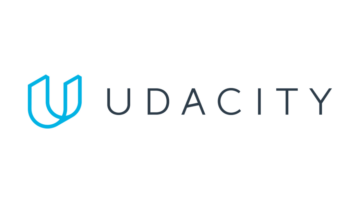


FYI: Back by popular demand, Udacity is running a 75% off flash sale through July 13. Founded by computer scientist and entrepreneur Sebastian Thrun, Udacity partners with leading tech companies and offers an array of courses (and Nanodegree programs) in data science, cyber security, machine learning, artificial intelligence, cloud computing, and autonomous systems. To get the 75% off discount, click here and select a course/program. The discount should be applied automatically. But in case you have any problems, you could always use the code JULY75 at checkout.
Note: Open Culture has a partnership with Udacity. If readers enroll in certain Udacity courses and programs, it helps support Open Culture.
Related Content:
For a complete list of online courses, please visit our complete collection, 1,700 Free Online Courses from Top Universities.
For a list of online certificate programs, visit 200 Online Certificate & Microcredential Programs from Leading Universities & Companies, which features programs from our partners Coursera, Udacity, FutureLearn and edX.
And if you’re interested in Online Mini-Masters and Master’s Degrees programs from universities, see our collection: Online Degrees & Mini Degrees: Explore Masters, Mini Masters, Bachelors & Mini Bachelors from Top Universities.
Flash Sale: Get 75% Off Udacity’s Online Courses (Through July 13) is a post from: Open Culture. Follow us on Facebook and Twitter, or get our Daily Email. And don't miss our big collections of Free Online Courses, Free Online Movies, Free eBooks, Free Audio Books, Free Foreign Language Lessons, and MOOCs.
from Open Culture https://ift.tt/3dyfWX4
via Ilumina
Comments
Post a Comment